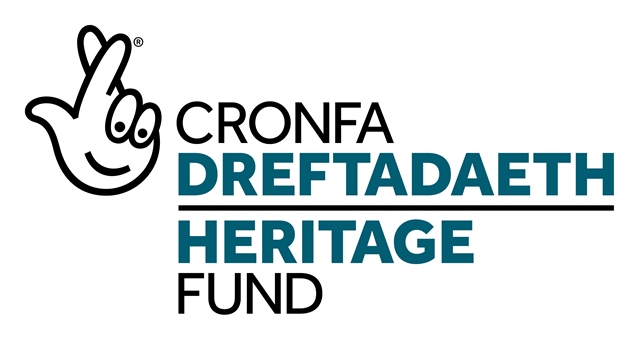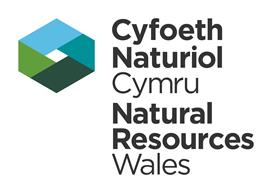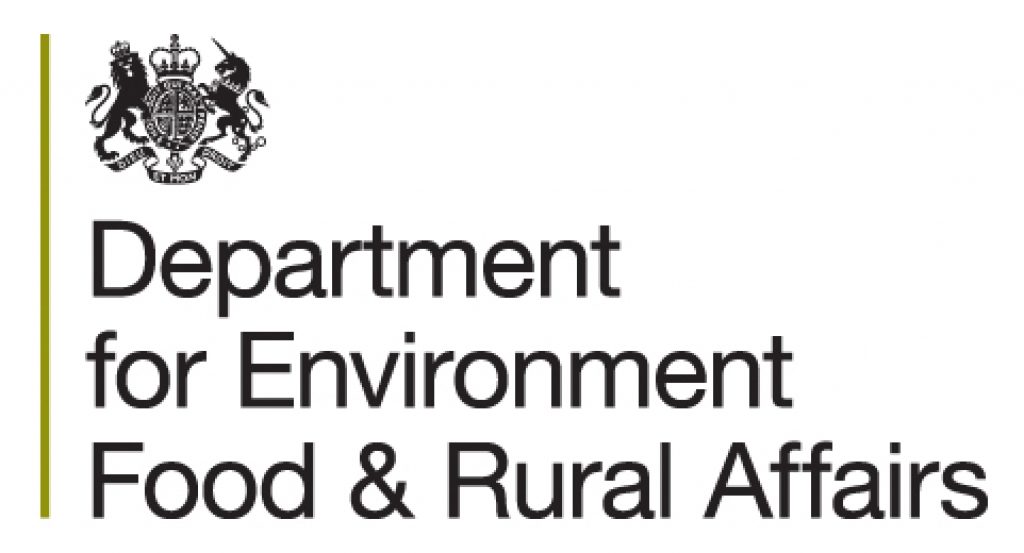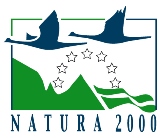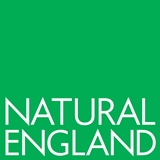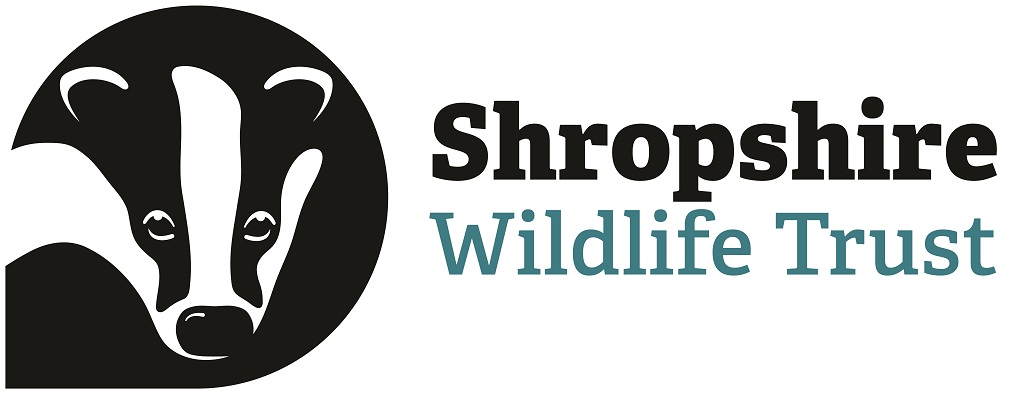Where wetter is better.
July 12, 2019
Note: Please be aware that the link on this page will take you to a third-party website.
International Bog Day is held on the fourth Sunday of July every year. This year it is being held on Sunday the 28th and it is intended to make people more aware of the peatlands we call bogs or mosses. Simply by existing on the planet these wonderful ecosystems provide benefits to everyone, but they are under dire threat of obliteration, unless we all value them for their special qualities. The Marches Mosses, composed of Fenn’s, Whixall and Bettisfield Mosses and Wem Moss National Nature Reserves, are one of these special landscapes, for years it was exploited for its main product, the very peat that it had spent millennia producing.
The Marches Mosses is the name for a raised bog, the third largest in Britain, stretching for 1,000 ha across the Shropshire and Welsh border. This rainwater fed, low nutrient landscape exists due to the amazing powers of one plant – Sphagnum moss.
Sphagnum moss develops and grows in the damp bog conditions, and when the plant eventually decays to settle at the bottom of the bog, it forms peat. For thousands of years this process continued virtually undisturbed. Bog specific species developed and thrived in the undisturbed wilderness. Until humanity decided to intervene.
In the last 700 years this huge wilderness has been drained for agriculture, peat cutting, a canal and a railway line; more recently forestry conifers were planted and there was even a scrapyard.
Individual peat cutters, with their hand held tools and labour intensive workstyle, must have struggled to wrest a living from the Mosses. However, by the 1980’s a large increase in the rate of commercial peat cutting, allied to the use of modern machinery, led to widespread devastation of the peat bog.
It was about this time that the UK Government was pressed to stop the peat cutting and restore the Mosses. Initially conservationists wanted to re-pickle the acidic bog to preserve the scientific record of the past which tells the story of our landscape and pre-historic activities over the last 10,000 years. But, it was only in the last twenty years that it was realised what an asset a restored bog could be in drawing carbon out of the atmosphere. As a natural carbon store a bog is up to 30 times more effective than an equivalent area of trees.
As Dr Joan Daniels, former Senior Reserve Manager of the Fenn’s & Whixall National Nature Reserve said: “we were initially restoring the peat to preserve 10,000 years of our past, now we are restoring it to secure the future of our planet.”
So, bio-diversity was the original motivation for the bog restoration, which has been justified by the obvious increase in its unusual bog wildlife, its cranberries, all three British sundew species, lesser bladderwort, white-beaked sedge, its raft spiders, large heath butterflies and moth communities including Manchester Treble-bar, Silvery Arches and Argent & Sable moth. Despite its devastation, this huge site provided corners for rare wildlife to hide in, waiting for the restoration of mire water tables. Today crucial bog mosses have recolonised central areas and flag-ship species like the white-faced darter have been dragged back from the brink of extinction. The presence of rare species is breaking national records and the wetland bird community now is of national importance.
But today, another driver for rewilding the Mosses is the restoration of the natural benefits provided by a healthy functioning bog. The regulation of water quality and flow, particularly important with increasingly frequent flood events; the re-pickling of the acidic bog’s vast carbon store, preventing it being released and adding to climate change and the encouragement of further carbon storage.
The growing pride for the restored Mosses in the local community and the increasing numbers of visitors from far afield, boosting the local economy, are a testament to the success of re-wilding this quagmire and will be helped by further sensitive provision through the EU-LIFE and the National Lottery Heritage Fund BogLIFE Project. This partnership is making a step change in the rate of rewilding of the Mosses.
If you would like to see what is one of the last great wildernesses on the Shropshire and Welsh border come along to the free event, World Bog Day on Sunday 28th June between 10am – 5pm. Pre-booking essential at [email protected] Or, if you can’t make that contact us for further information about self-guided walks and future events. Call Mike Crawshaw 01948 880362.

